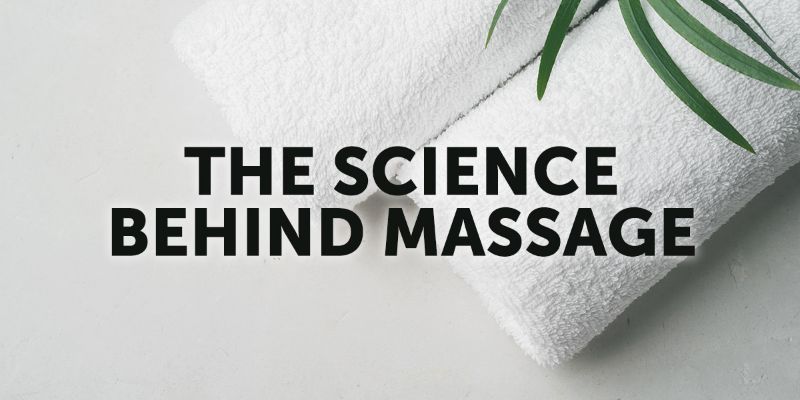The Science Behind Massage
Most people who seek out a massage from a professional therapist already know it works for them. They know that they walk in feeling less than their best and walk out feeling much better as the massage imprints its healing effects on the body.
What most people probably don’t know, is the science behind how and why massage can work. The evidence of the link between massage and the healing properties it can bring to the body has been closely studied for years.
Here’s what we know.
Massage and pain
Massage can be used for the relief of temporary pain caused by exercise, tension headaches and other mild ailments, but also to assist in easing discomfort from conditions that cause chronic pain. The physical side of massage can work by relaxing tension in painful muscles, joints and tendons as well as assisting in reducing inflammation resulting in overall pain reduction. Massage studies have also shown that it can affect the pain messages being sent to the brain by stimulating different nerve fibres to compete with pain receptor nerve fibres.
Massage and circulation
Massage increases blood flow and circulation and stimulates lymph flow. This contributes to improving the body’s overall circulation. Poor circulation can lead to significant health problems such as diabetes, stroke, heart attack, and the obvious one – muscle pain.
Massage and hormone levels
Massage can cause changes to the hormone levels of serotonin and cortisol. Serotonin (sometimes known as the “happy hormone’) is a chemical and neurotransmitter in the body that helps to regulate mood, sleep, memory, appetite and many other functions.
Cortisol comes from the adrenal gland and assists your body to control your blood pressure, stress response, metabolism and other “fight or flight” associated functions. Massage increases serotonin levels which in turn reduce pain, anxiety and help with depression. It also helps decrease cortisol levels which are responsible for producing your body’s stress response.
Massage and inflammation
Athletes have long attested to massage therapy’s effect on muscle inflammation and recovery, prompting a whole lot of studies to be conducted. On a cellular level, massage can reduce inflammation and remove lactic acid build up, and aid in the growth of “mitochondria” (which are the units of cells that produce energy).
While massage therapy is a topic of ongoing research, the positive results that it can produce for such a large diverse group of the general population is something not to be overlooked.

